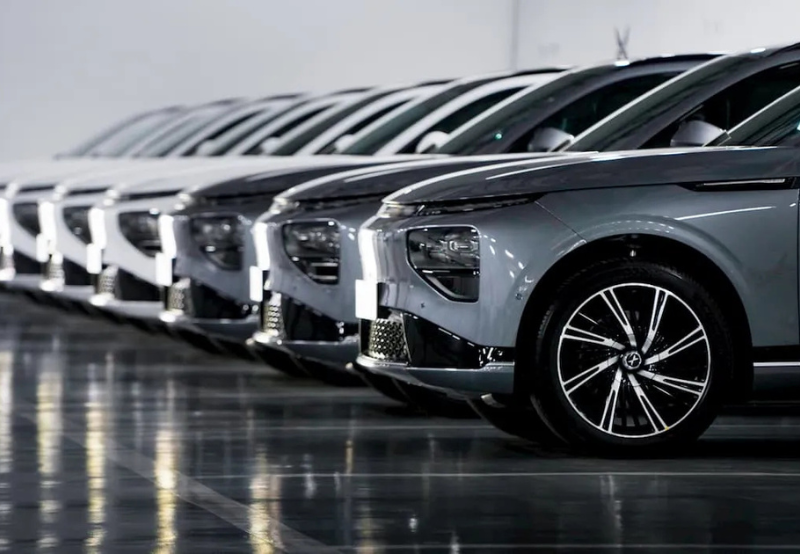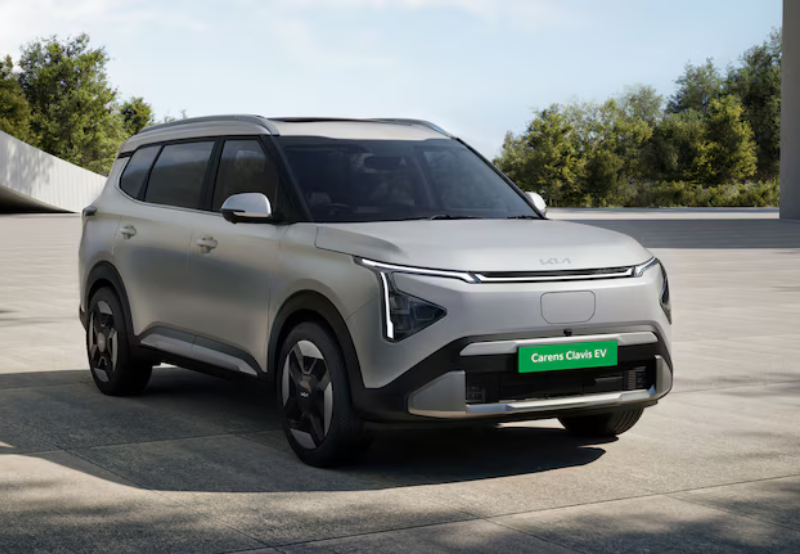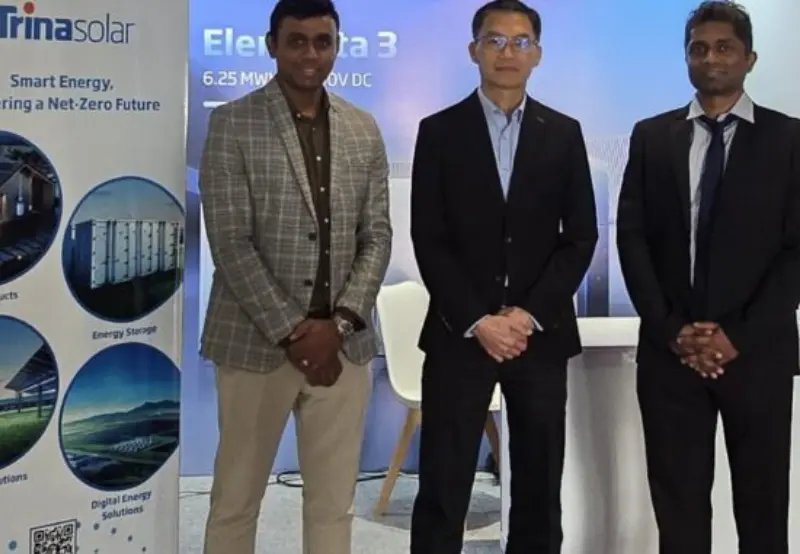XPeng and Nio achieved record deliveries in China in October 2025, signalling strong demand in the world’s largest EV market and intensifying competition for Tesla.
Introduction
In a dramatic display of momentum, China’s electric-vehicle (EV) market saw significant surges in October 2025, with both XPeng and Nio posting new monthly delivery records. XPeng delivered 42,013 vehicles, up 76% year-on-year, while Nio hit 40,397 vehicles, an increase of nearly 93% compared to the same month last year.
This growth comes at a crucial time: automakers are racing to capture market share ahead of expected policy changes, and global rivals are rethinking strategy as China’s domestic players ramp up. The delivery figures underscore how fast the Chinese EV market is evolving, and how aggressive local brands are becoming.
The Cases: XPeng & Nio Snapshot
XPeng: With 42,013 units delivered in October, XPeng marked its fourth consecutive month of record deliveries. The company’s October tally was up sharply compared to 23,917 units in October 2024. The strong performance was driven by its affordable models and expanding overseas presence.
Nio: Delivering 40,397 vehicles in October marked the first time Nio surpassed the 40,000-unit threshold in a single month. That figure reflects a 92.6% rise from last year’s 20,976 units in October.
Both companies benefited from heightened demand, timely new-model roll-outs and a push to scale rapidly ahead of competitive pressures.
Why This Surge Matters
Strong Demand at Scale
The growth numbers are impressive not just in percentage terms but in scale—crossing the 40,000 monthly delivery mark is a major milestone for brands that until recently delivered far fewer units. This shows that Chinese EV makers are moving from niche to mass-market scale.
Intensifying Competition for Tesla and Others
As local Chinese brands scale rapidly, global automakers are under pressure. The rise of XPeng and Nio highlights that competition in China’s EV market is not just about product anymore—it’s about volume, cost-effectiveness, localisation and ecosystem.
Policy and Timing Advantages
China’s EV market is heavily influenced by policy incentives, replacements programmes and consumer expectations of future policy changes. There is a sense that some purchases were moved forward ahead of expected benefit cuts or subsidy changes next year.
Export and Global Ambitions
While domestic growth drives most of the numbers, both XPeng and Nio are increasingly eyeing international markets. Scaling at home gives them credibility, volume and margin improvements, which in turn can finance global expansion.
Key Drivers Behind the Growth
- New model launches: Both companies introduced models targeting broader segments (entry or mid-price) which expanded their addressable market.
- Improved manufacturing and supply-chain: Higher delivery volumes reflect better ramp-up of production, supply-chain management and delivery logistics.
- Consumer sentiment and purchase surges: Rising awareness of EVs, strong value propositions and possible subsidy-timing effects encouraged buyers to act.
- Ecosystem development: Charging infrastructure, battery usage models, app-based services and brand loyalty have improved, supporting higher sales.
Challenges and What to Watch
Even with such strong figures, several headwinds remain:
- Sustainability of growth: Can XPeng and Nio maintain double-digit growth in the face of intensifying competition, margin pressure and possible subsidy reductions?
- Profitability: High growth is one thing; profitability and cash-flow remain key for sustainable business models.
- Global expansion risks: Moving into overseas markets brings regulatory risk, brand recognition challenges and supply-chain complexity.
- Battery and raw-material costs: As EV volumes increase, securing cost-efficient batteries and components becomes ever more critical.
- Policy shifts: Incentive programmes in China are evolving; if subsidies are reduced or consumer incentives change, demand may soften.
Implications for Global EV Landscape
The record deliveries in China by XPeng and Nio send strong signals globally:
- Automakers from outside China must recognise that the domestic Chinese brands are not just local players—they’re now global scale competitors.
- Supply-chain strategies may shift as manufacturers look for cost competitiveness, localisation, and faster ramp-up.
- Investors will pay closer attention to delivery numbers, margin sustainability and global expansion plans of Chinese EV makers.
- Policymakers in other regions may reflect on how domestic brands, subsidies and scale combine to shape market dynamics.
Conclusion
The strong performance of XPeng and Nio in China in October 2025 highlights the rapid transformation of the world’s largest EV market. With monthly deliveries crossing 40,000 units, these brands are proving they can scale—and fast.
For the global EV industry, the message is clear: the era of incremental growth is giving way to mass-scale delivery and intense competition. Companies that can scale efficiently, control cost, innovate and adapt to consumer and regulatory trends will thrive.
China EV sales in October weren’t just strong—they were a statement. And for those watching from outside China, it’s a wake-up call.
For more insights, EV News






